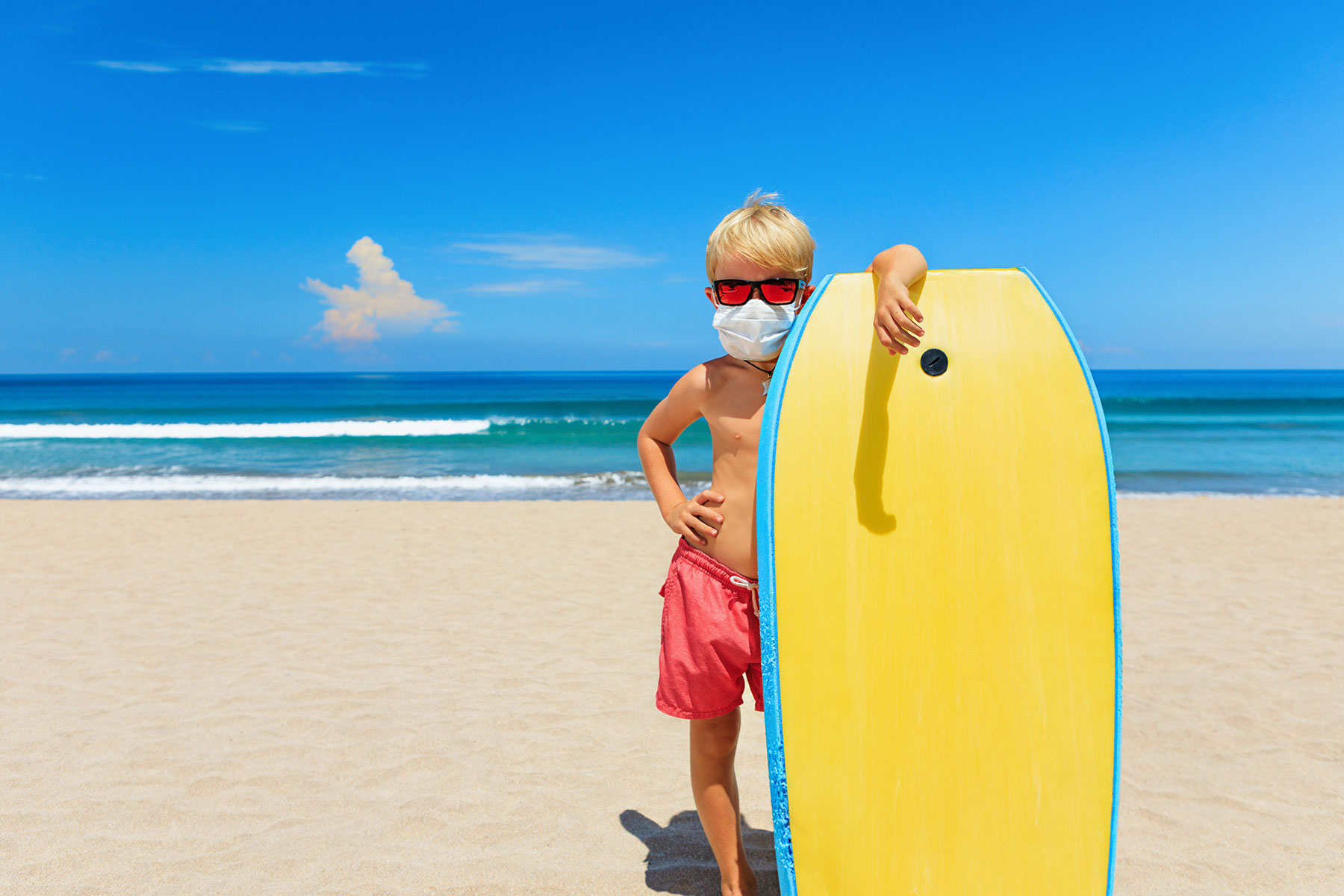Sunscreen Tips for Babies, Acne, and More

Skin cancer is the most common form of cancer in the U.S. More than 90% of skin cancers are caused by sun exposure.
While light-skinned people are more likely to get skin cancer, people of color are more likely to die of melanoma if they get it, according to experts at Sylvester Comprehensive Cancer Center, part of the University of Miami Health System. So, everyone needs to be protected from the sun’s harmful rays, and that means more than sitting in the shade.
“Don’t assume that being out of direct sunlight is enough to protect you,” says Jonette Keri, M.D., Ph.D., a dermatologist with the University of Miami Health System.
The sun’s UV radiation is strongest between 10 a.m. and 4 p.m., when your shadow is shorter than you are. These rays can reflect off water, concrete, and glass and cause skin damage while you’re resting in the shade.
Dr. Keri
Even while you’re driving or sitting near a window during the day, you can be exposed to the sun’s ultraviolet rays.
Isn’t my face lotion with SPF enough?
To be effective, sunscreen needs to be reapplied every one and a half to two hours, liberally and evenly, to all areas of the body that get sun exposure. That’s why your daily facial moisturizer that includes some level of Sun Protection Factor (SPF) isn’t enough protection to last all day.
You might not even be applying enough lotion or sunscreen to protect you. Studies have shown that the average person uses about half the amount of sunscreen that the manufacturer used when determining the SPF value. The average adult requires one ounce (that’s about one shot glass) of sunscreen for total body coverage.
SPF, UVA, and UVB: What you need to know
UVB rays primarily cause skin cancer. UVA rays, which can pass through window glass, can also cause cancer, premature skin aging, and wrinkles. Only “broad-spectrum” sunscreens protect you from both UVA and UVB rays.
While it may help prevent sunburns, sunscreen with an SPF below 15 provides no protection from skin cancer or wrinkles. The American Cancer Society recommends wearing at least SPF 30 every day. SPF 30 filters out about 97% of harmful UVB rays, SPF 50 blocks about 98%, and SPF 100 can protect you from 99%.
Sunscreen tips
- Wear SPF 30 or higher sunscreen every day. Even on cloudy days, up to 80% of the sun’s harmful rays reach Earth.
- Apply it to dry skin about 15 to 30 minutes before going outdoors.
- Reapply it after sweating, swimming, or toweling off. No matter what SPF you wear, for sunscreen to be effective, you need to reapply it every one and a half to two hours.
- Don’t forget your lips, ears, and exposed scalp. These areas can burn, wrinkle, and develop skin cancer, too. Stick balm sunscreens work well on these spots and around the eyes to avoid stinging.
- Sprays work best to cover the body, but check the label to see if they need to be rubbed in.
- If you’re wearing a face mask, sunscreen can wipe off inside of the mask. Check for this and reapply as necessary to stay protected from the sun.
Sun protection for babies and children
Protecting the skin as a child and teenager can significantly reduce the risk of skin cancer and premature skin aging as an adult.
The Food and Drug Administration advises that babies younger than 6 months do not wear sunscreen, but rather stay out of the sun altogether or wear with clothing with UPF (Ultraviolet Protection Factor) built in. Children older than 6 months can safely wear liberal amounts of sunscreen. Apply about a half ounce of sunscreen for total body coverage for a child under age 12.
If your child is going to get sweaty or spend time in the water this summer, a water-resistant (or “sport” formula) sunscreen can provide sun protection for 40 to 80 minutes. Don’t forget to reapply sunscreen after towel drying.
Speak to your pediatrician if you have concerns about your child’s sun exposure or any adverse reaction to sunscreen.
Sunscreens for sensitive skin
If you’re having an adverse reaction minutes or even days after wearing sunscreen, you may have a sensitivity or an allergy to one of its ingredients. Changing the brand you use might not be the solution, as many sunscreens have the same active ingredients.
Try a natural or mineral sunscreen with zinc oxide and titanium dioxide or sunscreens labeled as hypoallergenic, dermatologist tested, safe for sensitive skin, non-irritating or non-comedogenic. Test how your skin responds by applying a small amount to the inside of your elbow every day for three days.
If you have acne-prone skin, go for an oil-free formula, ideally one labeled as light weight. Gels work well for oily skin or when working and sweating. Lotions with SPF can help soothe dry skin.
Medically reviewed by Jennifer Tang, M.D., dermatological oncologist with Sylvester Comprehensive Cancer Center. Written by Dana Kantrowitz, contributor to UMiami Health News.
Tags: Dr. Jennifer Tang, Dr. Jonette Keri, skin cancer, skin cancer prevention, SPF, sunscreen
